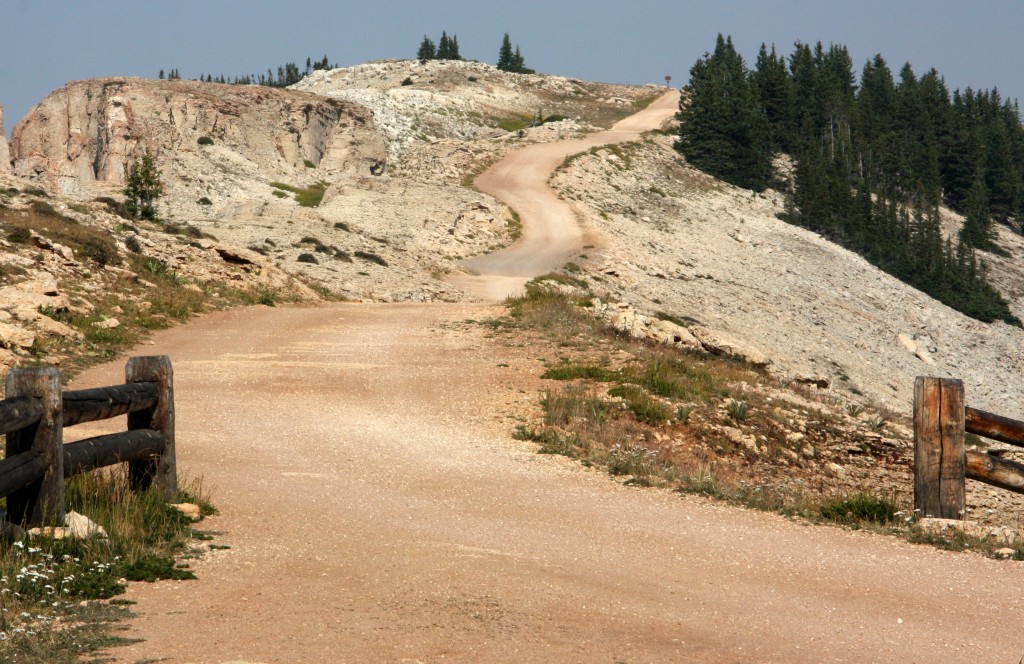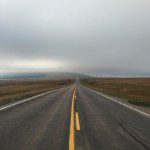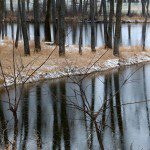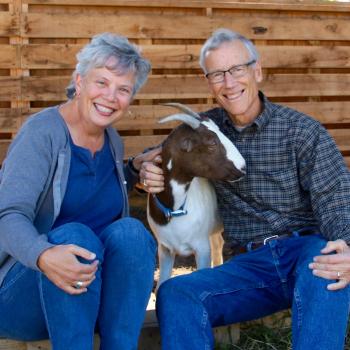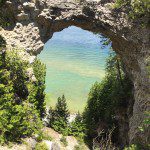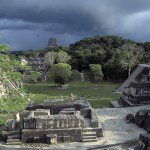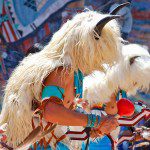
In my travels around the world, one of the things I’ve been struck by is how many holy sites are located in high places in remote areas. You have to expend considerable effort to get to these spots, and once you arrive, you may not be able to stay long because of cold, heat, winds, rain, or storms.
That’s certainly true for a holy site Bob and I visited this past summer. Off of a lonely stretch of Wyoming highway we found the Medicine Wheel, one of the continent’s oldest sacred places.
Archeologists have found more than a hundred medicine wheels throughout the Great Plains and Rocky Mountains, but this is the best known. It sits at an elevation of about 10,000 feet in the Bighorn Mountains. Built around 1200-1700 A.D., it’s 75-foot- diameter circle is formed from limestone rocks arranged in 28 lines or spokes.
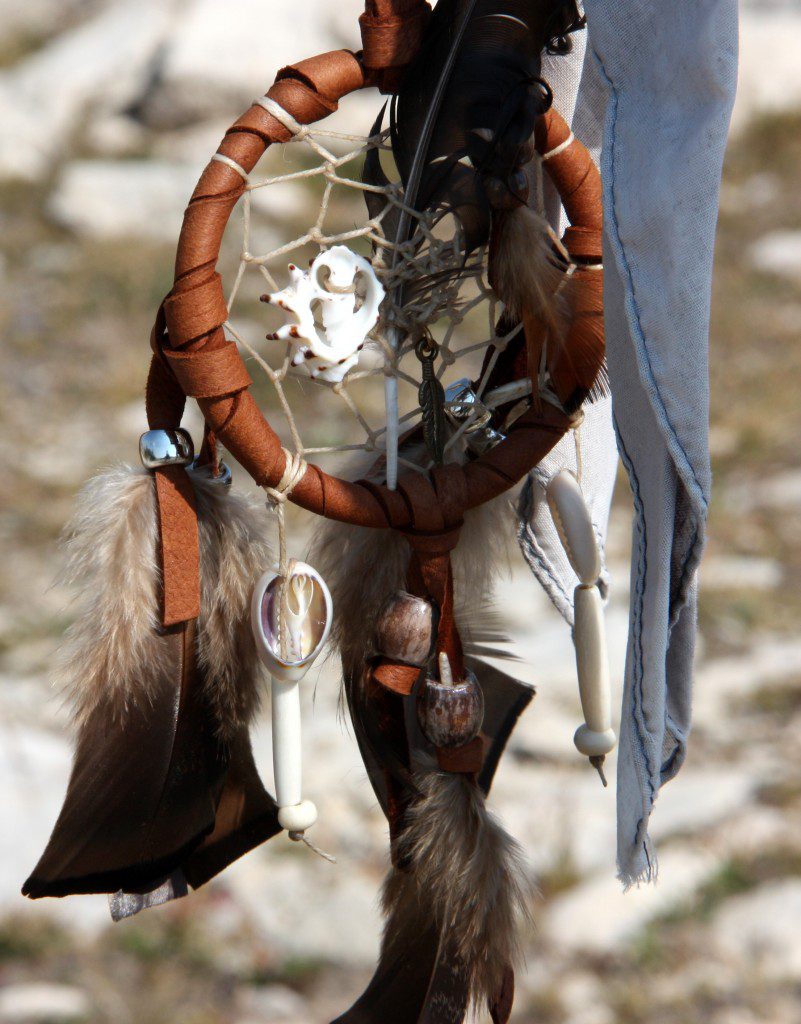
While the people who built it left no written records, there are many speculations about its original use. Some point to the ways it echoes the pattern of a sun dance lodge, which has 28 poles. Others say that it is a turtle effigy, for seen from above it does indeed resemble the animal. Almost certainly ceremonies were done here, and perhaps vision quests as well.
While its origins are unclear, today the Medicine Wheel is a sacred place for more than 80 tribes, who come here from throughout North America to pray and do ceremonies. Some call it “the place where the eagle lands.”
Bob and I had first visited the Medicine Wheel thirty years ago. We remembered driving right up to it and seeing it through a barbed wire fence. Today, thankfully, the infrastructure around it is much more respectful. Visitors have to hike in a mile and a half to reach the site, which is surrounded by a low fence. The wheel is clearly visible, but still protected.
The U.S. Forest Service is the official owner of the site, but it works in close connection with Native American tribes to oversee it. The ranger who greeted us at the parking lot when we arrived told us that the true owners of the Medicine Wheel are the Indians who come here for spiritual sustenance and prayer.
As we walked the gravel road up to the site, the views of the surrounding mountains got more expansive, offering beautiful vistas all around us. At last we reached the arrangement of white rocks that make up the wheel. The fence around it was full of items left by those who have been here on pilgrimage—brightly colored strips of cloth, tobacco bundles, feathers, dream catchers, and sun dance crowns were evidence of the many who have offered their prayers here.
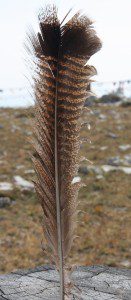
The Forest Service ranger on duty (and let me just say I envy her job) spoke about what she sees during her days here. She never knows, she said, who will show up. Some are Indians who have spent more than a year in preparation for their journey here. Often there are pipe ceremonies and family gatherings. “Only natives are allowed inside the wheel itself, and we ask that other visitors allow them time and space to do their ceremonies,” she told us.
The ranger said she’s impressed by the way people of all backgrounds respect the Medicine Wheel as a holy site. “Many people are very moved to be here,” she said. “They can see that it’s still a living place of prayer, even after many centuries.”
Standing there, I recalled how many holy sites are not places to linger, but rather to pay homage and return quickly down the mountain. The powers that gather in such spots are not overly concerned with our comfort and safety (the ranger said, in fact, that thunderstorms spring up here without warning and that she often has to take shelter in the site’s tiny bathroom, the only building at the site).
During our visit to the Medicine Wheel, there were no other visitors, and we had time to meditatively walk its perimeter. The wind was restless and strong; the sun intense.
And before we left, a golden eagle came and hovered above our heads for what seemed like an extraordinary length of time.
It felt like a blessing—one of the most powerful of all I’ve received on my travels to holy sites around the world.
